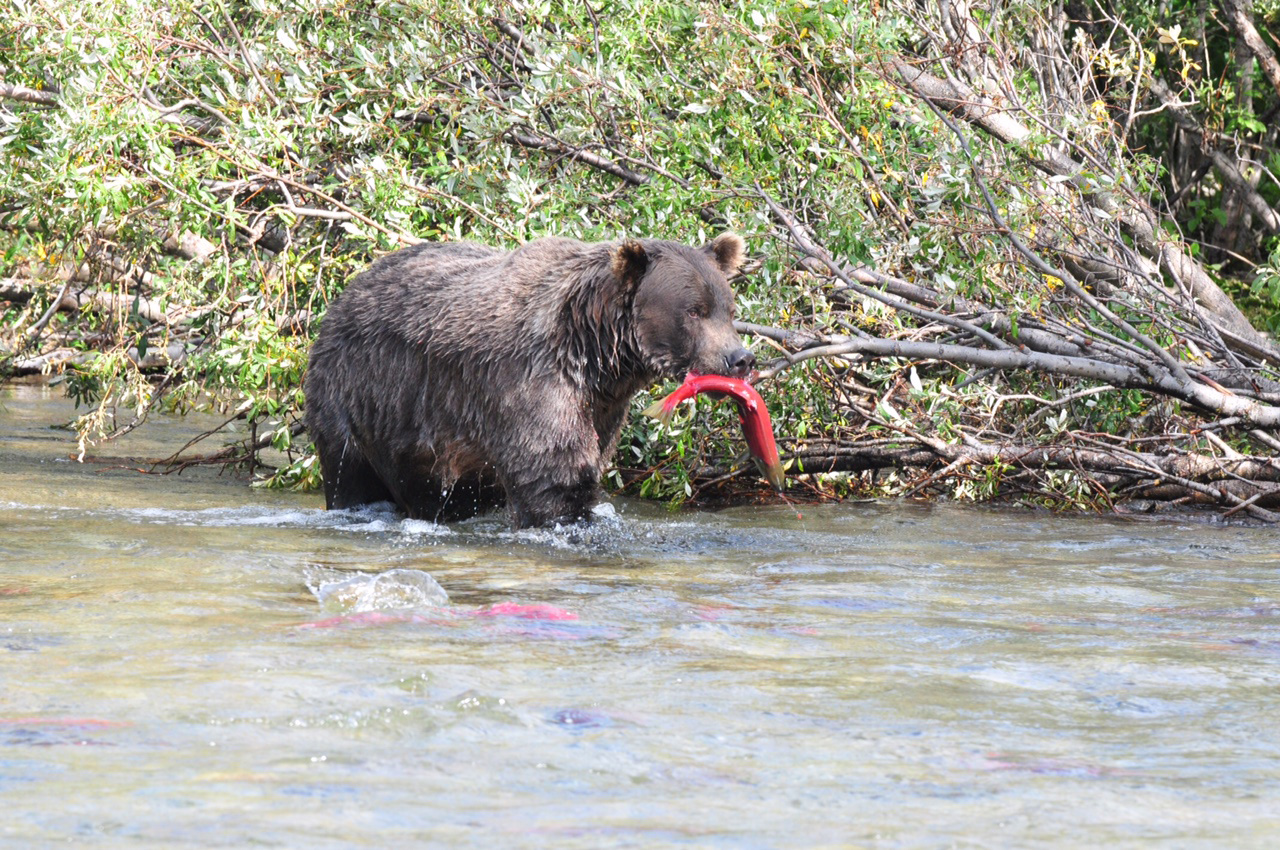Ecofish employs a qualified team of experienced wildlife and terrestrial biologists with a diverse background and an in depth understanding of wildlife, wildlife habitat, vegetation, terrestrial and wetland ecosystems and the policies pertaining to their management. We regularly apply these skills to identify important environmental resources, assess potential project effects, develop mitigation strategies and design monitoring programs.
where we can help:
Our clients from industry, government, First Nations and NGOs retain us to develop and implement wildlife and terrestrial baseline studies and environmental assessments, enhancement, restoration and monitoring projects and training sessions.
Our team is experienced and trained to follow standard survey methods as well as develop novel and scientifically robust methods based on established procedures to collate the data our clients need. Our portfolio of inventory and research programs includes amphibian, avian and mammal, vegetation species at risk, habitat suitability mapping and field inventories, and terrestrial ecosystem mapping. In addition to standard approaches, we have developed unique study designs, including Wolverine DNA hair snag studies, Mountain Beaver occupancy studies , Grizzly Bear habitat suitability modelling and verification, and wetland and watershed function assessments. Our mindful approach provides the baseline information upon which sound environmental assessments are founded.
our services in this area include:
- Conducting wildlife and terrestrial baseline studies and effects assessments
- Developing and helping to implement detailed plans to mitigate impacts to wildlife and wildlife habitat, including ecosystems at risk, associated with proposed developments or resource extraction
- Developing offsetting (compensation) plans for impacts to legislated wildlife habitat areas, ungulate winter ranges, and other key wildlife and terrestrial resources
- Developing operational environmental monitoring plans (OEMPs) designed to assess the compliance and effectiveness of prescribed mitigations to reduce adverse effects to wildlife and terrestrial resources
- Developing environmental protection plans and adaptive management plans for species at risk or of regional importance and providing technical support and review on construction environmental monitoring plans (CEMPs)
- Conducting pre-clearing surveys and salvages for birds, amphibians, and small mammals
- Conducting habitat suitability modelling using established and innovative methods
- Developing novel wetland and watershed function assessment procedures
- Building capacity within First Nations communities to monitor, assess and steward their traditional resources


